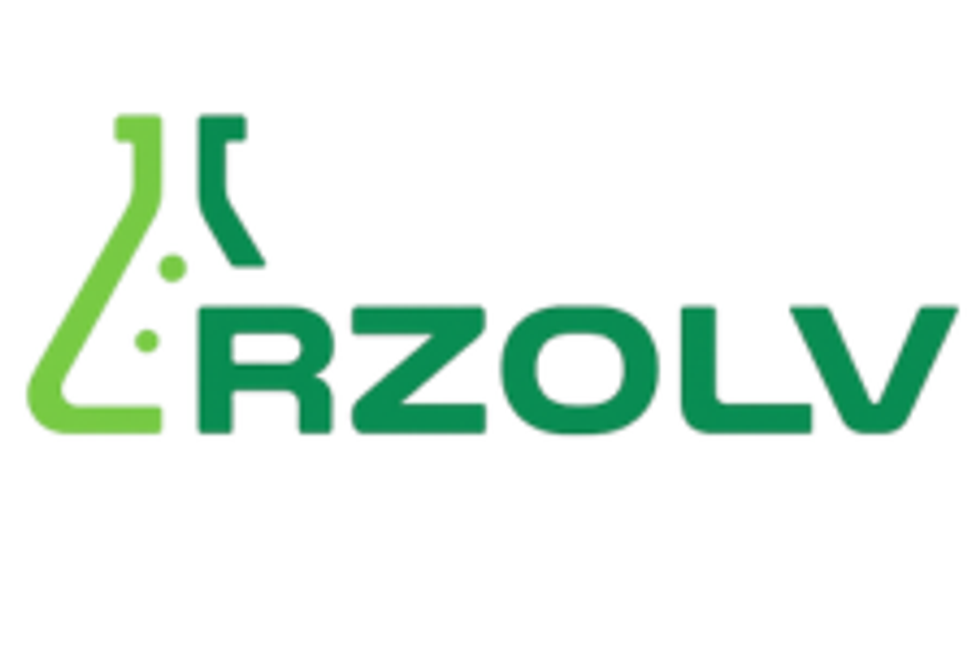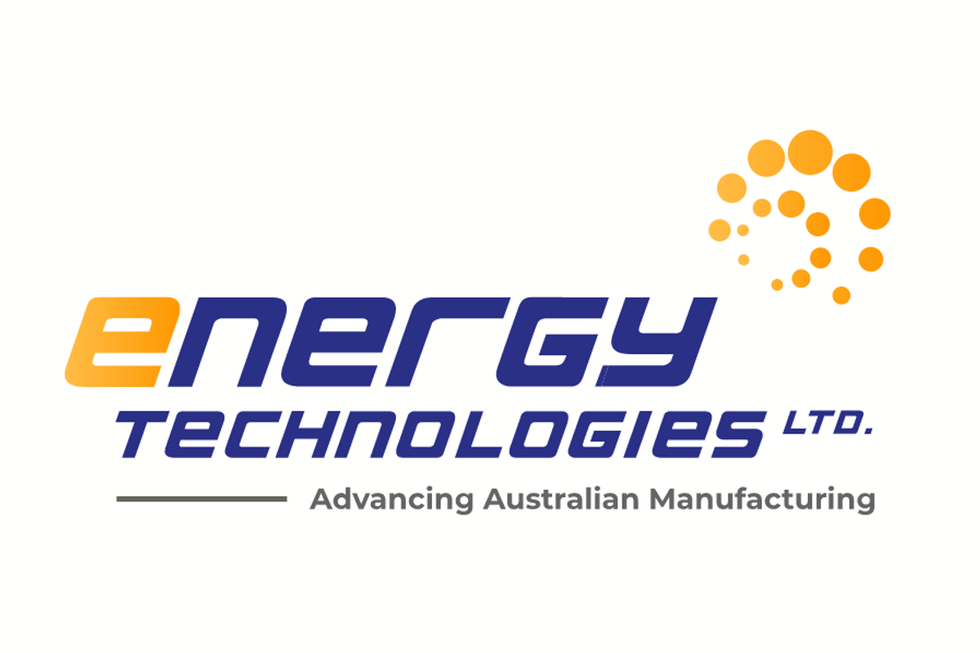Report: US Wind Power Installations Rising as Costs Decline

The US Department of Energy reported that state investment in wind power installations reached US$226 million in 2018.
A new report from the US Department of Energy says that, in 2018, wind power installations costs have dropped while size and scale of installation projects presented notable growth.
On average, wind power generates 6.5 percent of the total electricity in the US. Outlier states Oklahoma, Kansas and Iowa have wind power generating as much as 30 percent of total state electricity.
Overall, the total state investment into wind power topped US$226 million for the year. As many as 83,000 wind turbines have been developed since 2003 to power 1,127 megawatts (MW) of power across the US, Guam, Puerto Rico and the US Virgin Islands.
Coupled with this, the utility-scale land-based wind sector witnessed the installation of 7,588 MW in a robust year of growth. Currently, 41 states have utility-scale wind operations, with Texas harnessing more than any other state. In 2018, it had 25 gigawatts of wind power capacity.
According to the 2018 Wind Market Report, in 2018, a total of US$11 billion was invested in wind power installations. Part of this investment was the emerging trend of replacing parts of wind turbines in order to extend the project life and integrate advanced technology while taking advantage of tax incentives.
Behind solar energy and natural gas, wind power is the third foremost supplier of new generation capacity in the US, reaching 21 percent of total US additions.
“Onshore wind energy installation continues to grow across the country, and this Administration has proven that we can pursue renewable energy advancements and deployment, particularly wind energy resources, which are predicted to surpass other sources of renewable power generation this year,” said Under Secretary of Energy Mark W. Menezes in a press release.
Paving the way for the sector were all-time-low wind prices for long-term contracts. Wind power purchase agreements (PPA) were at their peak in 2009 at US$70 per megawatt hour. In 2018, wind PPAs were under 2 cents per kilowatt-hour.
As wind prices remained low, the number of large-scale wind contracts spiked last year. Industrial and commercial wind projects accounted for 29 percent of total project capacity, rising from 9 percent in the previous year.
As commercial projects expanded, utility wind projected tilted downward over the year, dropping nearly 40 percent. In spite of this, utility wind projects account for close to a majority of overall wind project capacity at 47 percent.
For example, GE (NYSE:GE) Renewable Energy, a division of General Electric, has developed large scale turbines over the past seven years, supplying wind turbines to California-based Foundation Windpower.
As low wind power prices and larger scale projects present a pair of key drivers for the wind sector, wind-energy exports are projected to also bolster the industry.
“… With over 25 gigawatts in the development pipeline, US offshore wind is poised to be a significant part of our comprehensive energy portfolio in the coming years,” said Menezes.
In fact, both Hawaii and California have floating offshore wind projects underway, with over 50 floating turbines projected for development.
Looking ahead, according to Deloitte, three core trends are projected to fortify the growth of the wind power sector in the US: emerging policies, increased investment and technological innovation. Reinforcing this, Deloitte’s report states that over the past 20 years, 50 percent of wind power projects have been heavily influenced by renewable energy targets on state levels.
As the number of procurement options increase, it is opening the door for smaller companies to invest in wind projects. In addition, oil and gas companies have shown more investment interest in renewable energy.
Don’t forget to follow us @INN_Technology for real-time news updates!
Securities Disclosure: I, Dorothy Neufeld, hold no direct investment interest in any company mentioned in this article.




